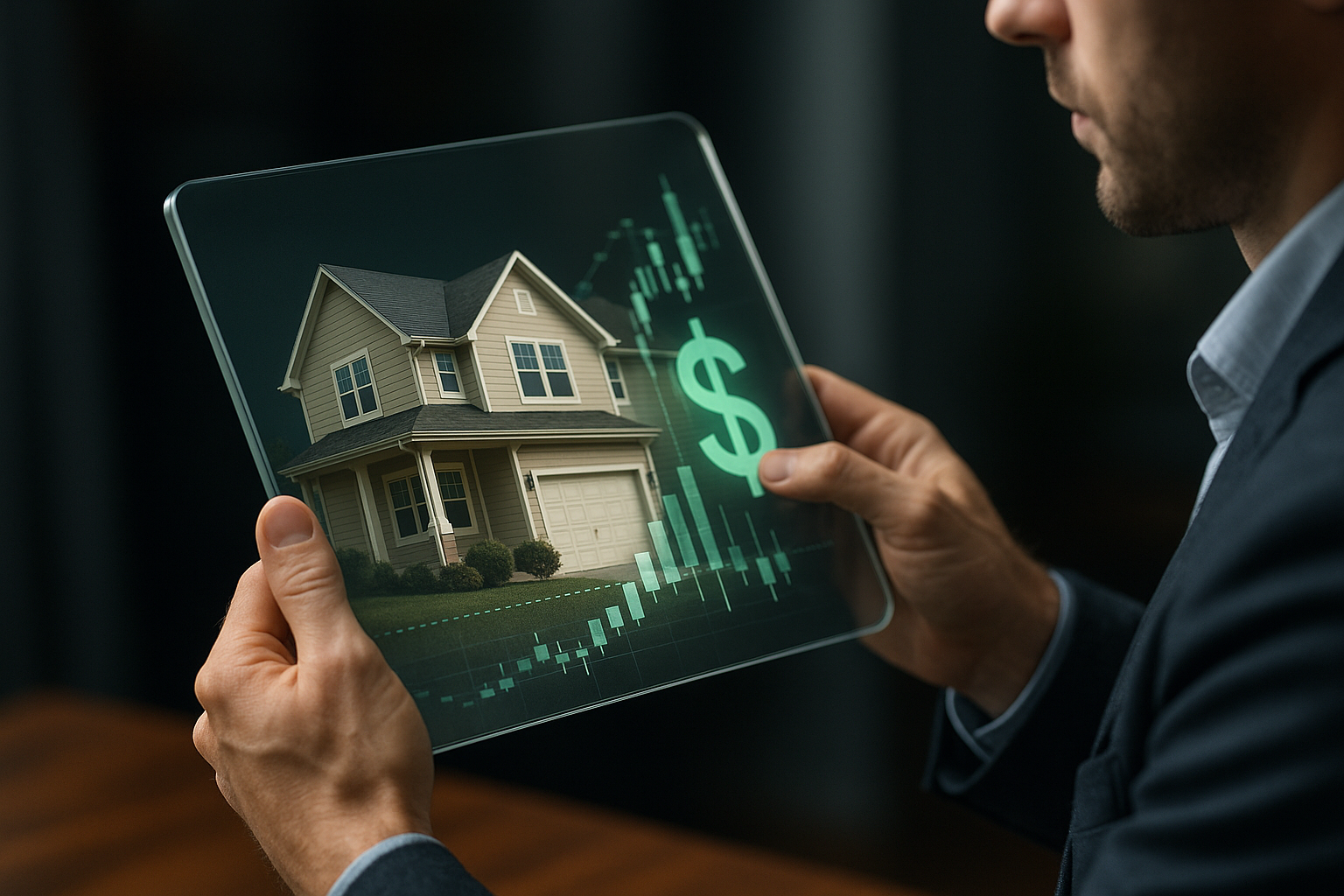Designing High-End Residences for Global Buyer Preferences
High-end residences increasingly reflect a global mix of buyer priorities: durable design, flexible financing, responsive regulation, and culturally informed amenities. Developers and designers who balance sustainability, smart technology, and local heritage attract a wider pool of cross-border investors while preserving long-term valuation and liquidity in diverse markets.

design and location: how does place shape appeal?
Choice of location remains central to high-end demand: proximity to cultural centres, transport links, and reputed local services influences buyer perception and resale value. Design that responds to microclimates, sightlines, and neighbourhood character helps maintain valuation and supports regulatory approvals in sensitive districts. Incorporating local heritage motifs in finishes and public spaces can create authenticity appreciated by both domestic and international buyers.
Many purchasers weigh location against liquidity: a property in a well-connected, established market can trade more quickly, while niche heritage parcels may attract premium prices but require longer marketing windows. Thoughtful site planning and clear documentation about zoning and permitted uses reduce friction for crossborder buyers and can speed transaction timelines.
sustainability and smarttech: what systems matter?
Sustainability and integrated smarttech are increasingly standard expectations rather than optional extras. Energy-efficient envelopes, water conservation measures, and certification benchmarks signal lower operating costs and can support higher valuations. Smart home systems that manage climate, lighting, and security add convenience and can be specified to integrate with trusted service providers in your area.
Design teams should prioritize interoperable platforms and future-proof wiring to accommodate evolving tech standards. Buyers from different markets often expect remote control and monitoring capabilities—virtual access to mechanical and security systems enhances confidence for investors managing properties from afar.
amenities, staging, and virtualtours: what drives buyer engagement?
Curated amenities—wellness spaces, flexible work suites, private storage, and secure parking—reflect lifestyle shifts among global buyers who value comfort, privacy, and multifunctional areas. High-quality staging and professional virtualtours create immediate emotional engagement and broaden the pool of prospective viewers across time zones, improving marketing efficiency.
Virtualtours should be realistic and accompanied by transparent materials about materials, maintenance, and running costs. Physical staging that highlights adaptable furniture and finishes helps buyers visualise both daily living and rental potential, which is important for investors focused on income generation and liquidity.
valuation, liquidity, and markets: what influences price stability?
Valuation is shaped by comparable sales, rental yields, market cycles, and macroeconomic conditions in key markets. Properties that balance strong design, desirable location, and durable materials tend to maintain value better during downturns. Liquidity improves when listings are marketed across multiple markets with tailored messaging for different investor profiles.
Monitoring local and international markets helps time sales and set realistic price bands. Clear documentation—floor plans, maintenance records, and independent valuation reports—reduces buyer uncertainty and can expedite crossborder transactions.
financing, taxation, and regulation: what should stakeholders consider?
Financing structures and taxation regimes vary widely by jurisdiction and impact affordability and returns for buyers and investors. Developers should present transparent financing options, outline tax implications for foreign purchasers, and summarise applicable regulation that affects ownership, leasing, or redevelopment.
Working with local legal and tax advisers ensures compliance with rules on foreign ownership, reporting, and transfer taxes. Projects that anticipate regulatory expectations—such as energy performance standards or heritage protections—avoid delays in approvals that can erode investor confidence.
crossborder investors and heritage: how do global preferences converge?
Crossborder investors often seek properties that balance international standards with local character. Heritage properties appeal for their unique story and craftsmanship, but they also come with regulatory constraints and maintenance needs; clear conservation plans and realistic costing are essential. Buyers from diverse markets may prioritise different attributes—some favour contemporary smarttech and amenities, others prize provenance and craftsmanship.
To attract a global audience, marketing should provide multilingual, verifiable information and offer virtual and in-person engagement options. Transparency about ongoing operating costs and expected lifecycle maintenance supports investor decisions and helps preserve the cultural value of heritage elements while ensuring long-term marketability.
Conclusion Designing high-end residences for a global buyer base requires an integrated approach: location-sensitive design, measurable sustainability, adaptable amenity programs, and technological flexibility. Transparent information on valuation, regulation, and financing strengthens buyer confidence, while thoughtful staging and immersive virtualtours expand reach across markets. Balancing heritage and innovation helps projects meet diverse preferences and supports sustained liquidity and value in evolving global markets.






